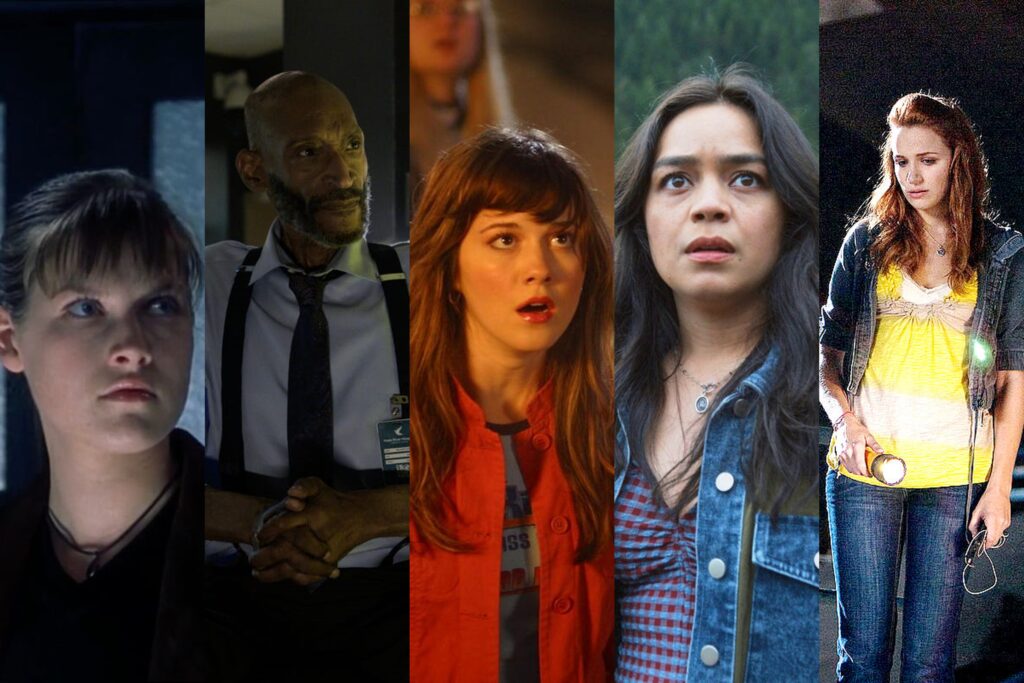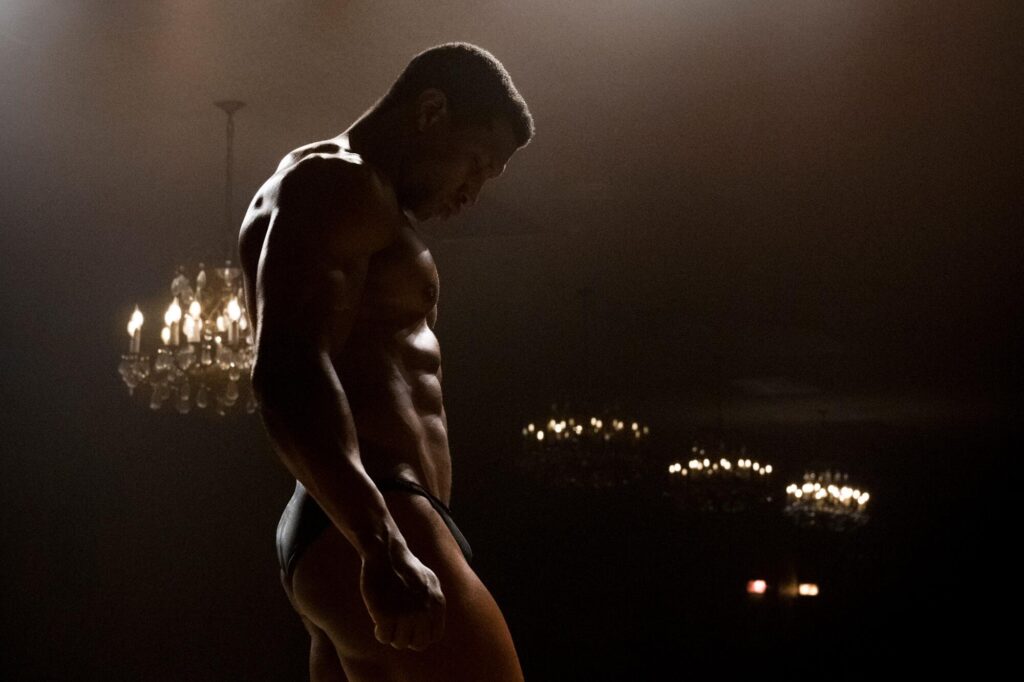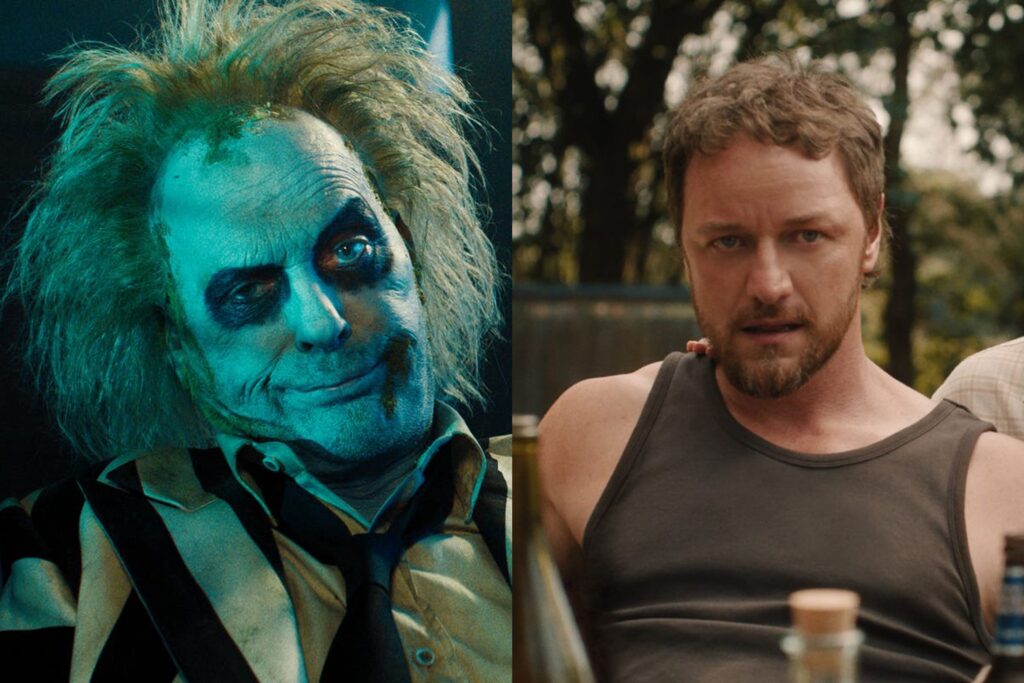I Watched All 6 Final Destination Movies in 7 Days. I’m Still Alive.

Every cinephile has their blind spots. One of the unfortunate consequences of a mortal lifespan is that we lack sufficient time to watch all of the movies we want to before we die. Some people have never seen a film by Godard or Ozu. Others have never known the glory of Citizen Kane or Casablanca. My own confession: Until last week, I’d never seen a single Final Destination movie.
As ignorance goes, this may seem less shameful than other gaps in motion-picture consumption. But the horror franchise—which originated in 2000 and methodically churned out four more entries over the next 11 years, then went on hiatus before being resurrected last week—has amassed a certain level of, it not artistic prestige, at least cultural penetration. Its recurrent and enduring premise—expendable characters are dispatched not by some masked or malevolent slasher, but by the unseen, inexorable force of Death itself—is now idiomatic. When Osgood Perkins’ The Monkey arrived in theaters earlier this year, most critics (including this one) couldn’t resist commenting that its cavalcade of tragicomic kill sequences resembled a Final Destination flick. In constantly cutting short its residents’ lives, the series has proved weirdly eternal. Read More




